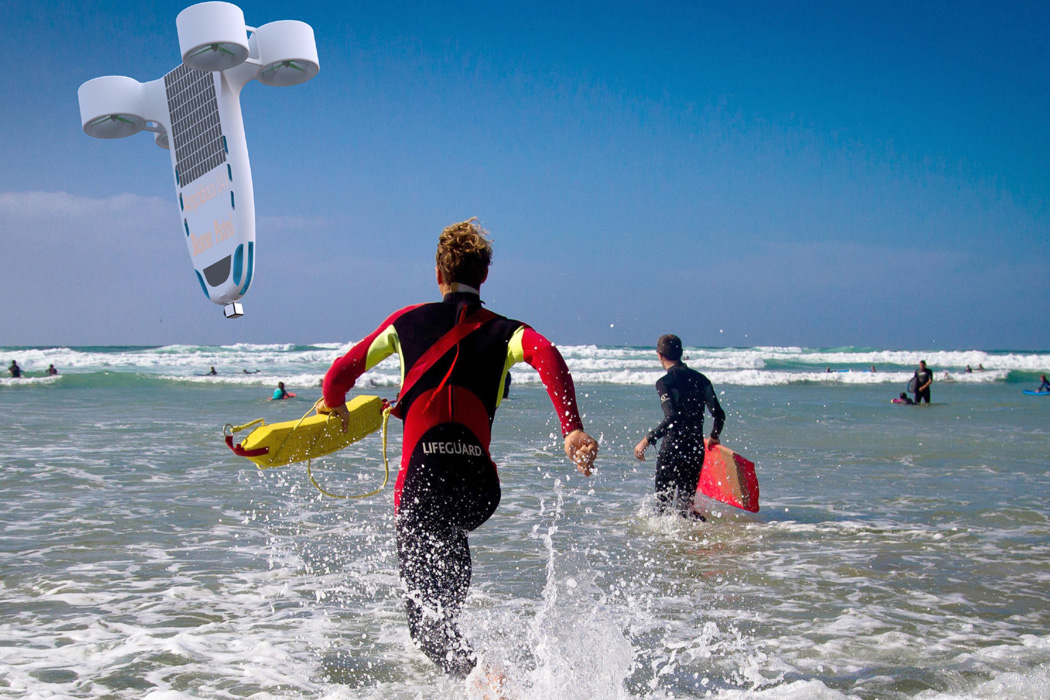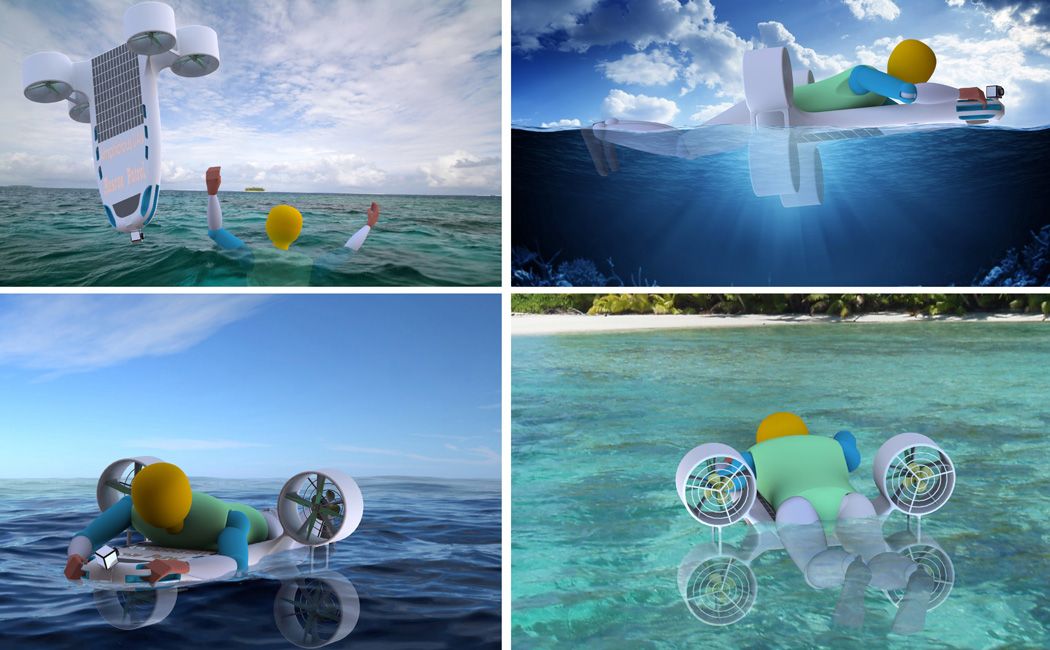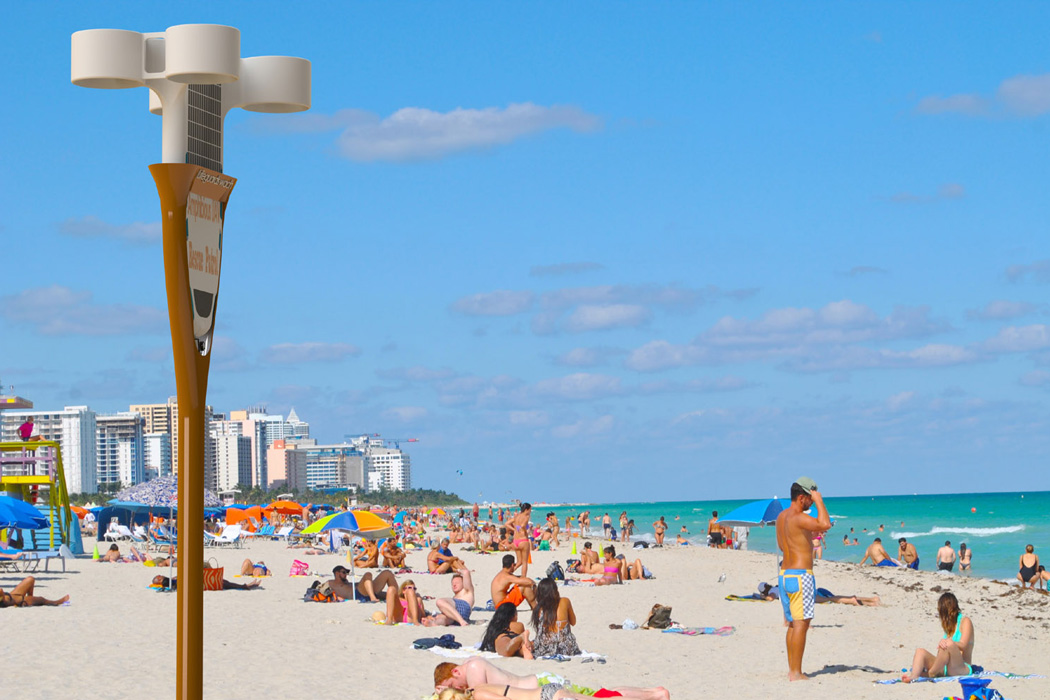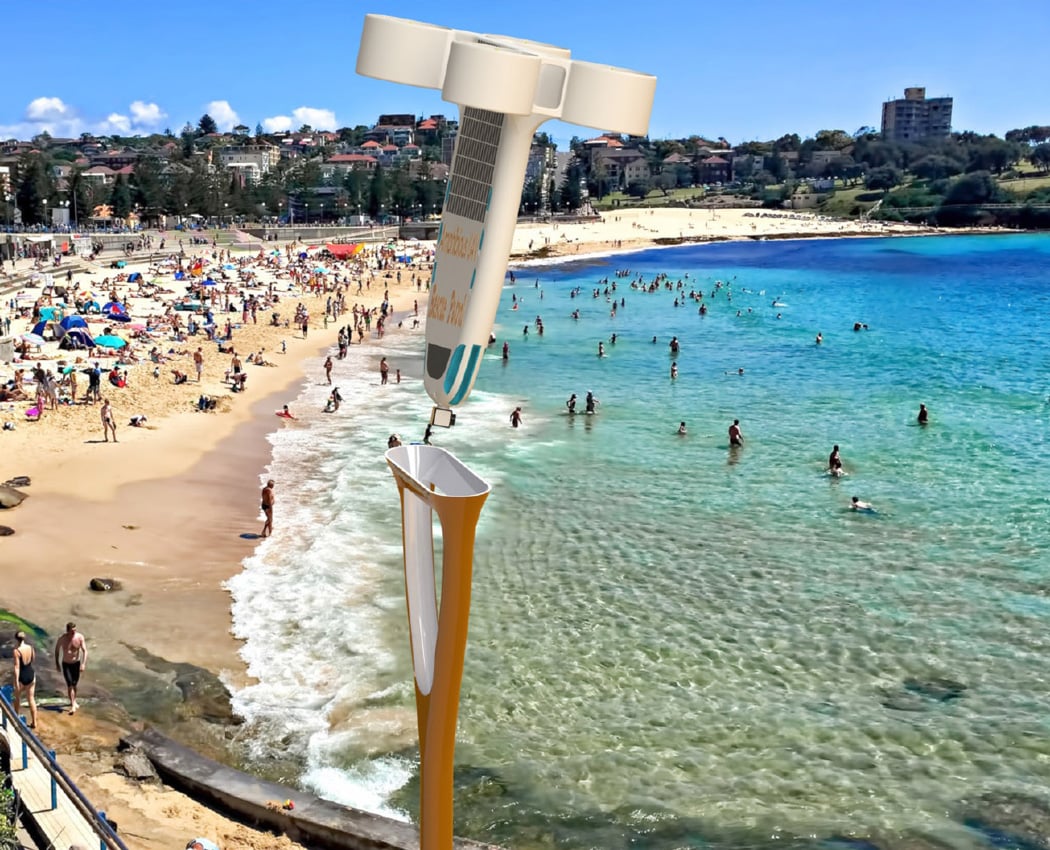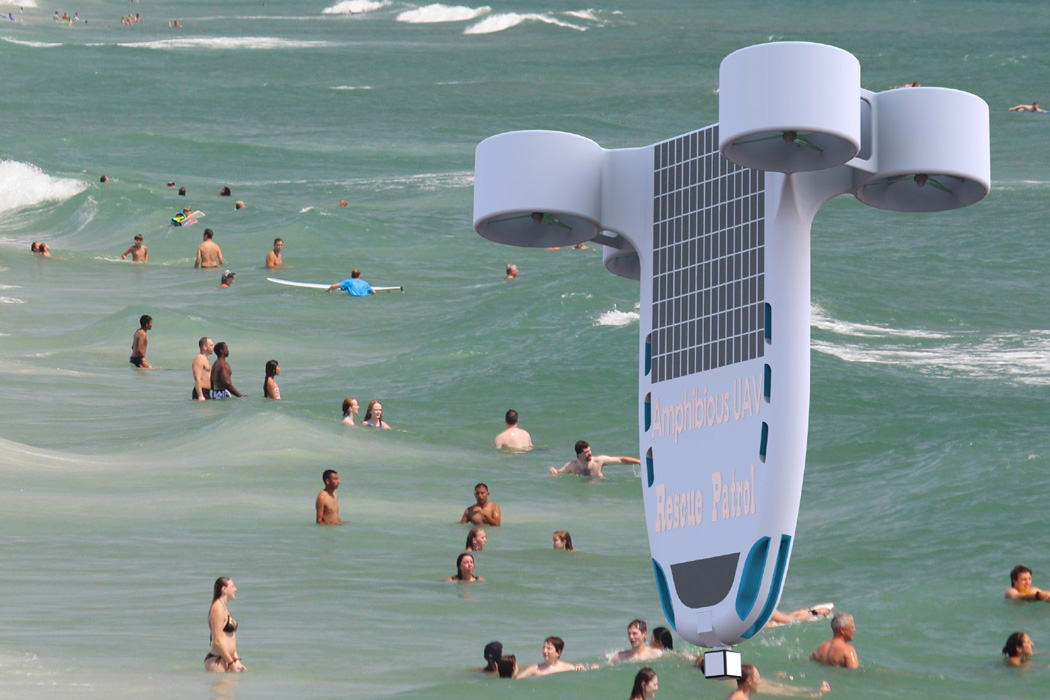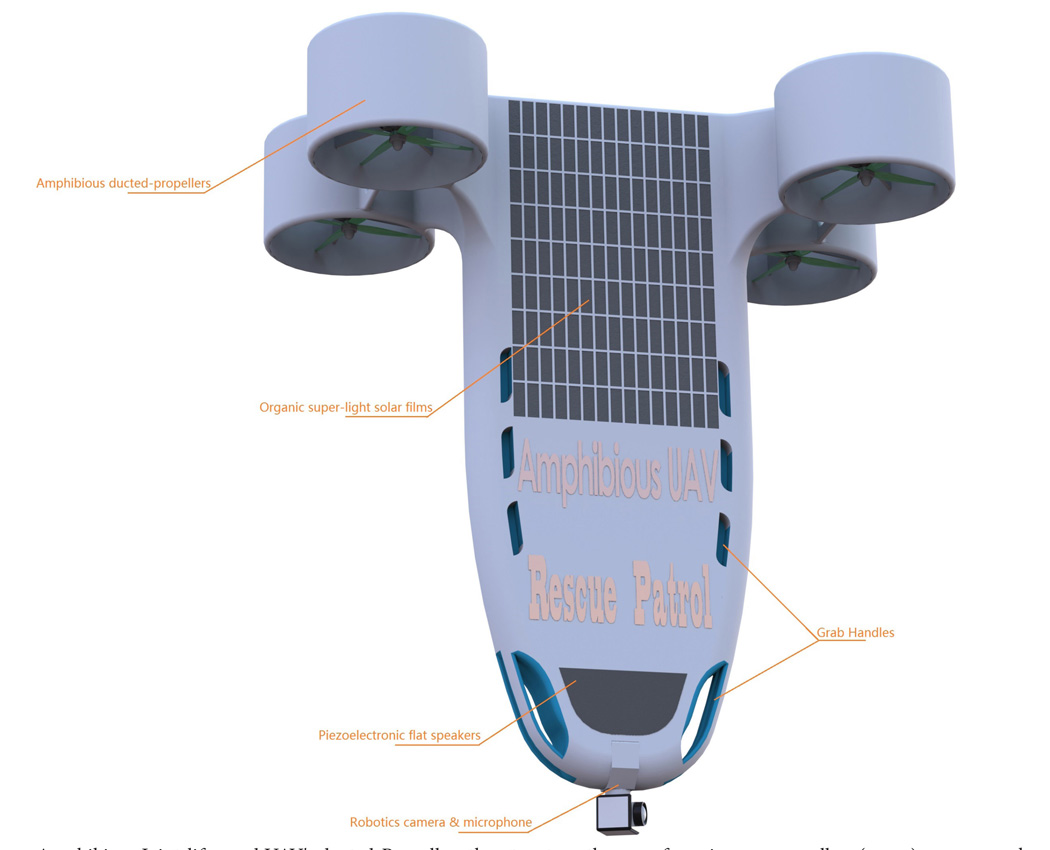

Technology has been moving so fast that new devices and machines emerged to better help people. Take for example, the evolution of communication devices — from pagers to candy bar phones to the many variations of smartphones and tablets we see today — brought better and better features and enhancements.
And technology has moved far beyond than that: now, advanced technology mechanisms are used everywhere, such as in creating the likes of autonomous vehicles, in which the most popular at the moment are aerial vehicles we know today as drones. And now drones have become so popular that individuals and companies alike have found tons of possibles uses for then. Here are some of the drone ideas we found:
GoPro’s Karma Drone
Image via: GoPro
There had been a lot of camera drones out there in the market today. And of course, GoPro, the company famous for manufacturing action cameras, won’t allow itself to get left behind. GoPro just launched its Karma system, which it says is a compact and foldable drone system that can actually fit in the back pack that is included in the package. The company has begun to make the Karma system available on its website and in select sellers in Europe and is sold for €999.99, or €1399.99, if with HERO5.
Amazon’s Prime Air Delivery Drone
Image via: Amazon
I recently watched “Storks,” that animated film where storks (yes, the kind of bird) actually delivered packages to customers. Interesting idea, indeed, but we can’t expect storks to actually deliver us packages. But drones can. This e-commerce giant, Amazon, proves that they are aggressive in making delivery faster for each of its customers and decided to work on drones that can deliver your orders in less than an hour. Currently, the drones are in private trial to select customers. We’ll just have to wait for this to fully rollout. After all, it already has begun its first delivery last December.
Natilus: Cargo Drone
Image via: Digital Trends
Another startup based in California, wants to make a similar attempt to that of Amazon, but bigger. The company, Natilus, came up with an idea of autonomous and amphibious drones that could transport upto 200,000 pounds cargo. Yes, it intends to operate similar to cargo planes at a much cheaper cost!
Jet Capsule’s UFO-inspired drone
Image via: Jet Capsule
This drone looks like a spacecraft that’s similar to those extraterrestrial films I’ve seen before. Though the company behind this idea, Jet Capsule, seems to project the drone as a ship-like vessel that would float on water.
This drone, called UFO, is intended to offer better amenities than your typical private jet, offering a transformable kitchen, a living and dining area, as well as a bedroom, within the two-storey architecture of the drone. This could also be our doomsday escape, if this eventually gets built out as it has a water generator that can covert rain and sea water into potable drinking water.
Ehang 184 Autonomous Aerial Drone
Image via: http://www.ehang.com/ehang184/
We may also see a similar transportation service drone in Dubai soon. Called EHang 184, this drone is shaped like an egg and can carry a one person with a maximum weight of 220 pounds. That person can also carry a small suitcase or bag with him. Interestingly, this drone had already been tested to fly over Burj al-Arab and is expected to fly around in the Middle Eastern country in July.
Plan Bee Drone
Image via: Cnet
Meanwhile, this drone is made to grow your garden in style. Created by a college student, Plan Bee is a drone that’s intended to artificially pollinate flowers. Now, drones are not only replacing tasks of humans, but also of insects, huh?
Skeeter: Dragonfly biomimetric microdrone for surveillance
Image via: TechCrunch
Another participant in the animal-inspired drone is this biomimetric microdrone that is intended to look like a dragonfly. Conceptualized by British company Animal Dynamics, they wanted a drone that could mimic a dragonfly, including the wing-flapping movement the insect does. The tiny drone called Skeeter, which is expected to weigh just less than 30 grams, is intended cor covert surveillance While still in testing phase, the company expects to have the machine fly in the next two to three months.
SkyOne: Oil Rig-Inspecting Drones
Image via: S
Drones are totally trying to address various problems across different industries. Another proof of that is Canadian company SkyX’s SkyOne craft, which is intended to inspect any damages gas and oil pipelines, thereby avoiding any catastrophic events, such as explosions from gas leaks. Something pipeline builders could definitely invest to.
DogDrones: Poo Scooper Drones
Image via: The Sun UK
Image via: The Sun UK
Too tired of cleaning up your dog’s mess? Here’s the drone for you! DogDrones consist of a fair of drones. First is the WatchDog 1, an aerial drone that has the capability to spot the dog poo through heat sensors, which would be detected by the installed camera. Once spotted, it will send signals to its tandem drone, Patroldog 1, which will move towards the poo and sweep it up. Problem solved! The drones are concepts of a Dutch based startup. While the idea is still in the early stages of development, all we have to do is wait and manually do the job for now.
Sea Lice-Killing Underwater Drone
Image via: Digital Trends
While most drones are built for aerial purposes, there are also a few ones made for under the water. This one’s especially tailored to solve a certain issue in salmon farming in Norway — sea lice. Apparently, salmon farmers have been spending tons of money to battle against these parasites. So, Stingray Marine Solutions developed an underwater drone to help solve their dilemma. The drone is built with an image-recognition technology to detect sea lice and to throw out a laser pulse that will eventually kill them. How cool is that?
